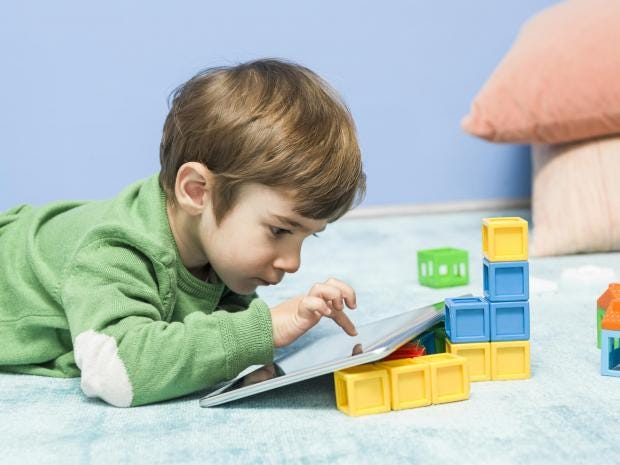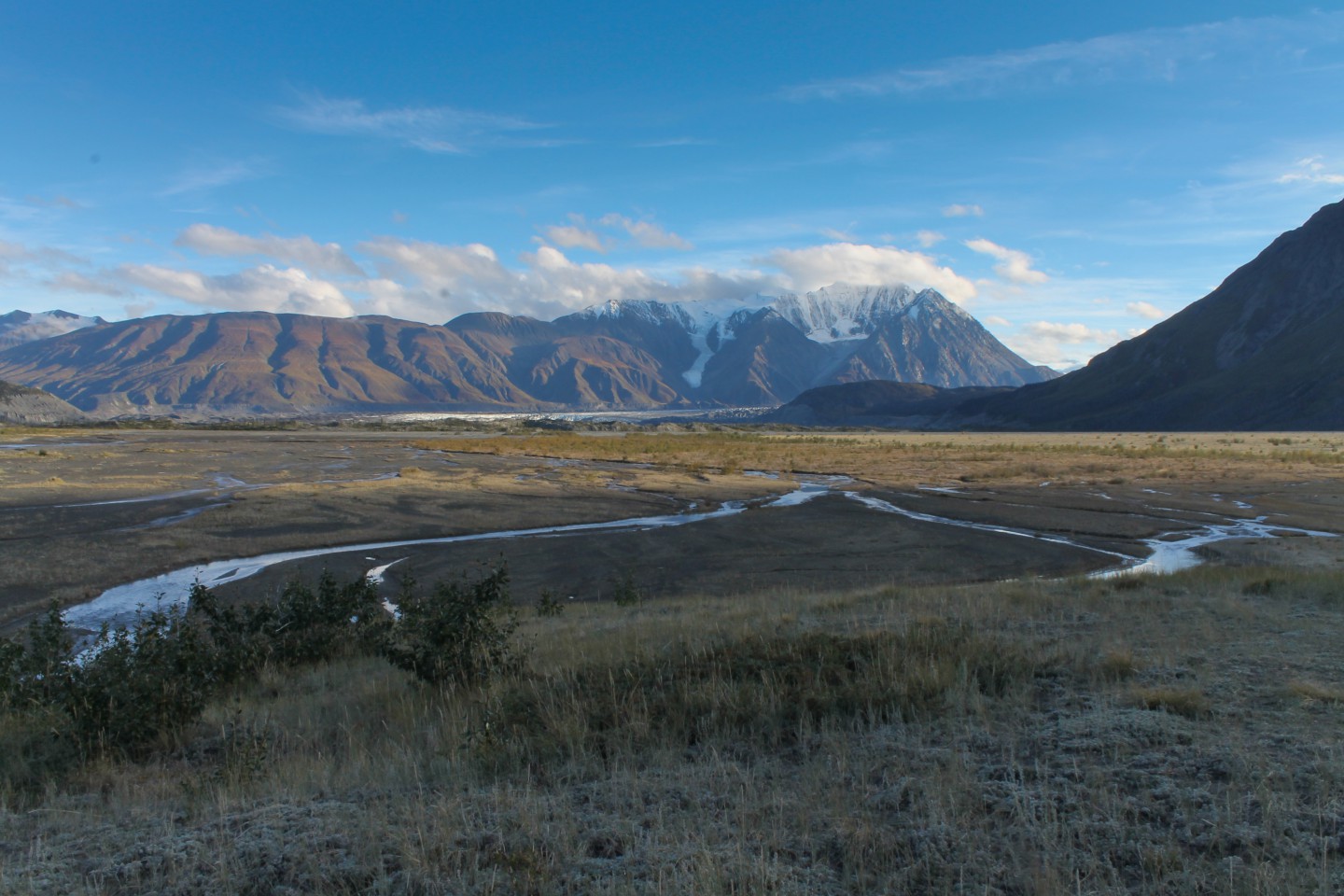 Human rights are those rights you have for simply being a human being, so everyone has these rights and, theoretically, they have to be respected, despite their nationality, their age or their gender.
Human rights are those rights you have for simply being a human being, so everyone has these rights and, theoretically, they have to be respected, despite their nationality, their age or their gender.Human rights are considered to be born in 539 BC, when Cyrus the Great, after conquering Babylon, set all the slaves free and he allowed them to follow any religion they wanted. This was written on a clay cylinder, known as the Cyrus Cylinder. This is considered the creation of the human rights. Along history, some of these rights have been both respected or violated, depending on the period of time and influenced by the different revolutions or historical events. After the II World War, in 1945, countries decided to unite forming the ONU, the first organization to establish which ones were the human rights that we now know. They wrote them down in the called Universal Declaration of Human Rights, a document that contains all the human rights, that make a total of 30 of rights.
 Among all the human rights, I've chosen the number #16, which is the right to family and marriage, which says that everyone (despite of their religion, race or nationality) has the right to marry and found a family, maintaining their rights during the marriage and in case it dissolves. It also says that marriage has to be allowed by both spouses and that the family is a natural group which is entitled to protection by society and the State.
Among all the human rights, I've chosen the number #16, which is the right to family and marriage, which says that everyone (despite of their religion, race or nationality) has the right to marry and found a family, maintaining their rights during the marriage and in case it dissolves. It also says that marriage has to be allowed by both spouses and that the family is a natural group which is entitled to protection by society and the State.I've chosen this one because I think that it isn't fair not to allow someone to form a family or to marry who they want. Normally the part that is violated is the marriage one, because in some countries, such as Egypt or India, homosexual couples are not allowed to get married, and sometimes also people from different nationalities or races. It is also violated in countries in which they allow forced marriage, even if one of the spouses doesn't agree with it, for example many countries in Africa and Asia. It is respected in countries like Spain and other occidental mentality, in which everyone has the right to get married and to form a family. Of course, I think it should be respected everywhere, because people should be always free to marry whoever they love and to love whoever they want, which is something that doesn't harm anyone.
NEW WORDS:
· tremble: tremolar




















